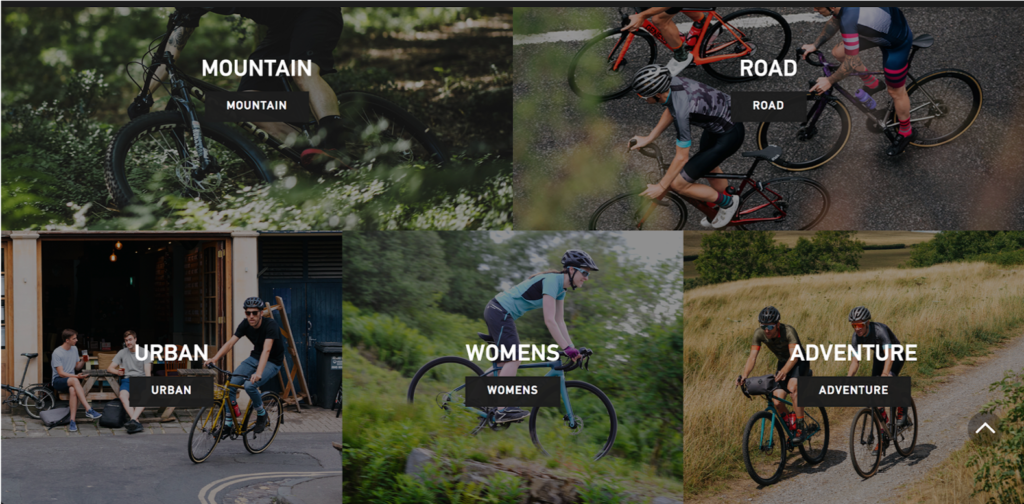What’s New in Nosto: Discount Affinities And Custom Segments for Segmentation and Insights
To enhance the power of our Segmentation and Insights product offering, our data scientists and engineers have added support for AI-powered discount affinity segments and custom segments. Allow us to unfold the magic behind these latest enhancements…
Discount Affinity Segments: How do They Work?
Discount affinity looks into behavioral patterns and creates a segment out of shoppers who are more likely to purchase if they are shown:
- Discount promotions
- Sales banners
- Product recommendations
- Limited, or partially limited, to discounted products or generally anything with slashed prices or with red price tags.
The main use case for discount affinity is to target the right group of shoppers with “real deal” and clearance types of sales promotions, which consequently help to get rid of excess stock faster.
Full Price shopper segment
Our second enhancement for leveraging discount affinity segments is the ability to segment by ‘Full Price’ shoppers. Unarguably, any shopper is attracted by a juicy offer, especially if availability is limited. However, a fair share of them are likely to shop regardless of discounts. Full Price shoppers are a group who are influenced less by discounts and likely to purchase products at full price, driving better profitability.
Finally, if you have connected your Facebook ad account to Nosto, a segment based on Full Price shoppers with a history of multiple purchases is a good seed for Facebook lookalike audiences.
Read more about this enhancement our our discount affinity segment support page.
Custom Segments
Custom segments are a segment type where you can really drill down to what’s unique to your store. To illustrate a custom segment in action, let’s start from the most common use case: genders.
Many garment and fashion ecommerce sites obtain gender data on the template page or by showing a pop-up to new visitors to determine their interest range. Regardless of the method, when a user makes their decision, retailers can then tie the shopper to a segment based on their gender.

This is a subtle way to determine a shopper’s interest range. In contrast, if you attempt to gather gender details in the log-in area or store this in your CRM, you can explicitly bind them to a certain segment.
Multiple product ranges for custom segments
While gender is likely the most common use case in the garment industry, many websites have two or more key product ranges represented as hero banners which inspire and guide shoppers towards their interest range. For example, a bicycle brand or store might have road, gravel and urban bikes (or more), typically represented as content boxes or banners on the home page.

When a shopper makes the selection, you can immediately tie a user to a custom segment, which helps you to personalize the experience immediately. Once shoppers engage more with the website and its offering, Nosto consequently learns more of their preferences. This is the step when brand, category or tag affinities and respective onsite content experiences are more suitable and likely to perform better than the top level, custom segment.
For instance, road bikes could consist of cyclocross, triathlon and road performance bikes. So when a shopper proceeds first to road bikes, their preferences are already narrowed down significantly. But eventually, if they proceed to explore steel-framed cyclocross bikes, their experience can be personalized even further.
Following the name, custom segments support specific and unique use cases; yet the key problem they solve is how to personalize experiences for top-level segments immediately after the first click or two, while other affinities typically kick in a bit later.
You can read more about this enhancement on our custom segments support page.
Interested in learning more about how to leverage customer segments to enhance personalization? Start a chat with our product specialists by clicking on our onsite chat icon or request a 1:1 demo.




